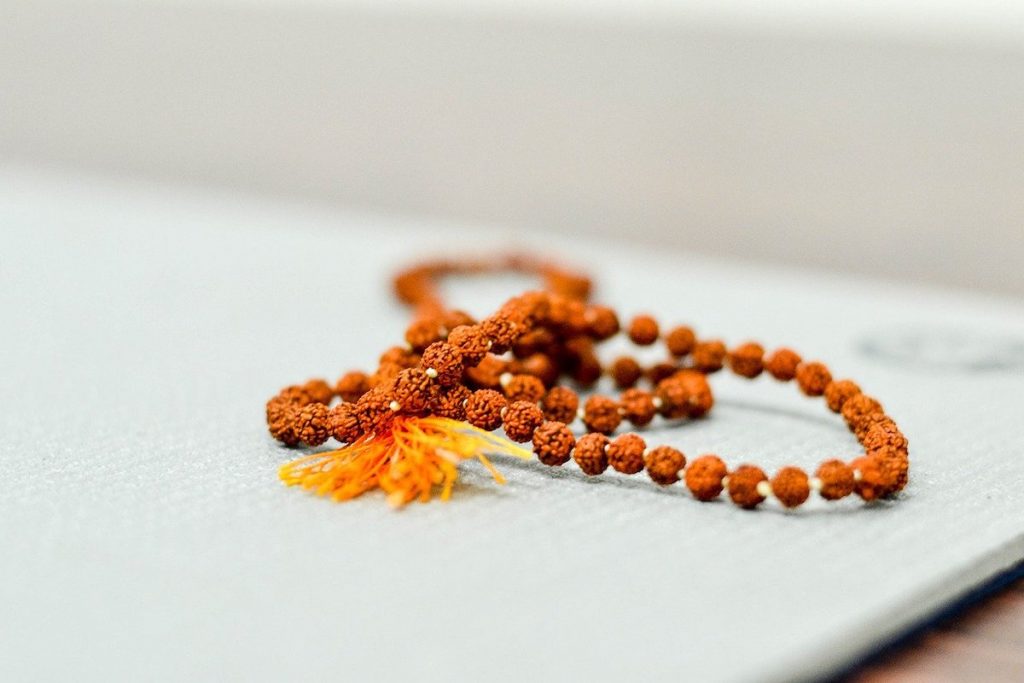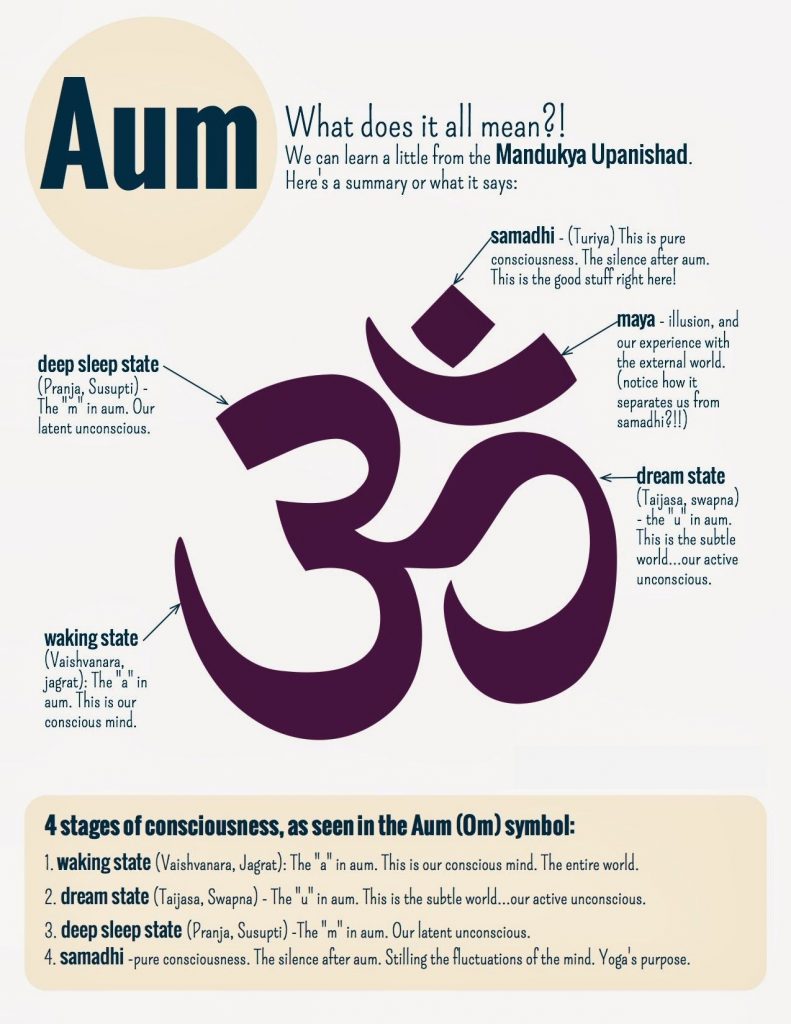Did you know that most of the time, you breathe through one nostril only?
Yes, this is true. Try it for yourself. Hold your palm below your left nostril and breathe normally…now hold it below your right nostril. You will find that one nostril dominates the other. Repeat this exercise after around 2 hours. You may find that the other nostril is dominant now. Try again after 2 hours. It switches back. And so on and so forth.
We have all heard of prānāyāma, which as I mentioned earlier, is confused to be a synonym of breath. Prānāyāma can thus be thought of as āyāma of Prānā ( loosely translated as life force), where āyāma means expansion (and in some definitions, contraction as well). In other words, it is the manipulation of prānā – techniques to redirect, store and control it. Ancient Indian sages also studied breath and prānā more intensely – they analysed every aspect of breath, and developed a science around it.

This science is called Swara Yoga.
Swara means ‘the sound of one’s own breath’, and yoga means union. Swara yoga thus enables the state of union to be reached by the means of one’s own breath.
We have all heard of the word ‘mantra‘ as well. It is now part of the English dictionary, and the listed meaning is –
- a word or sound repeated to aid concentration in meditation; and
- a statement or slogan repeated frequently.
Quite a shallow way of looking at a concept that goes beyond a mere word or sound.
मननत् त्रायते इति मंत्र:
Mananat trayate iti mantrah
It means that by repetition (mananat) of which, you overcome or are protected from troubles/cycle of births and deaths (trayate), it is (iti) called Mantra.

man is contemplation and tra is liberation – mantra brings liberation through reflection, and the same happens when one reflects on the sound of the breath.
Now that you have a basic idea of the relation between the breath, prānāyāma and mantra, here are a few exercises that you can try out.
Observing your breath
It can’t get simpler than this. All you need to do, is to repeat the exercise that I described above, for 3 days. Every 2 hours. Note down the time, the dominant nostril, and also the state of mind you are in at that time (happy, sad, agitated, relaxed etc.). There will be instances where you are unable to determine the dominant nostril, and when your breath flows through both nostrils equally. This happens for 2-4 minutes once every 60-90 minutes. This is sushumna, and it is this state that is apt for meditation (more on that another day). Collate this data and review it – if you did the exercise diligently, you will notice distinct patterns – a correlation between the time, your state of mind, and the way your breath flows. This is your introduction to swara yoga:)
Alternate nostril breathing
Also called nadi-shodhana pranayama. Here is my article on the subject – you can use this as a guide to get introduced to nadi-shodhana – this technique is very important in swara yoga. Try the 4+4 ratio first – breathing in for four counts (can use tick-tick 1, tick-tick 2) and exhaling for four counts. Do 8 cycles, where inhalation and exhalation together make one cycle.
Om chanting

The simplest (but most powerful) mantra is Aum. While mantra chanting is a process in itself, and requires a lot of preparation and process to follow, you can get a glimpse of its effects by chanting Aum for 2 minutes after the exercise in gratitude that I described earlier. Hear this before you try it out – so as to get the right pronunciation. And follow the same instructions – relaxed seating position, eyes closed and head turned slightly upwards.
The concepts and techniques that I have described above are vast subjects on their own, and we will explore them in the days and months to come. My intention here is to lay a foundation, that is not shallow, but deep-rooted in understanding the basis of these ancient practices.
As always, the feathered friends here wish you a very happy day ahead:)
